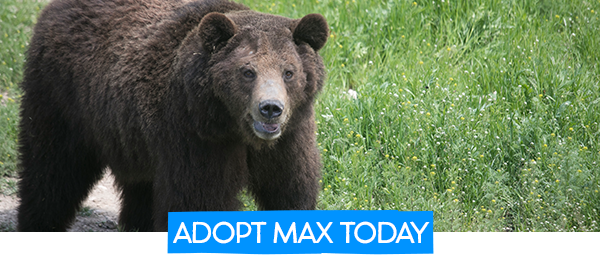Don't miss it! #Bears About the House is on again on 22 July 2020!
Posted on
|
Bears About the House is on BBC2 again on Wednesday 22 July 2020. Last week, we heard about Mary, a sun bear who was rescued by bear charity Free the Bears, and Giles Clark. She was tiny, malnourished and close to death and she needed 24 hour care.
Visit Free the Bears here. Bears About the House is on BBC2 is on July 15 and 22 at 8pm! Don’t miss it! There are record bear rescues, the first release of rehabilitated wildlife, many sanctuary developments and some devastating losses. On 22nd July, Giles and his team head out to rescue David and Jane. They are two five month old terrified moon bear cubs who were taken from the wild. They go home with Giles Clark to have the 24/7 care. There’s more news on Mary as she graduates from the nursery into her permanent home, taking a confident and determined approach with her. And there’s devastating news as the team comes to terms with a break in and a theft. The quarantine building is finished and the sanctuary is able to receive bears from bear bile farms in Laos, which the government there has committed to closing once they have somewhere that the rescued bears can go. Don’t miss it – and if you can make a donation, please donate. If you’re outside the UK, the series will reach you later this year, and meantime, lots of never before seen clips of Mary will be on Facebook, Instagram and Youtube. Filming wasn’t easy, as BBC Earth shows….
The charity is registered in Australia and in the UK. There are a number of ways to help – just visit the website – including becoming a bear carer, sponsoring a bear, giving a gift to the bears, and a gift to bear lovers (humans) and of course donating. |

